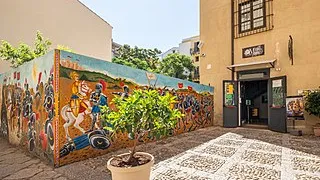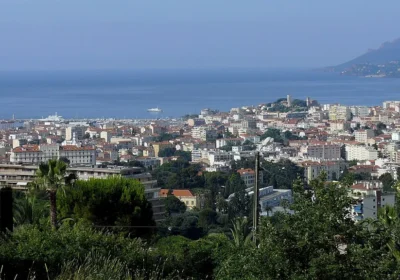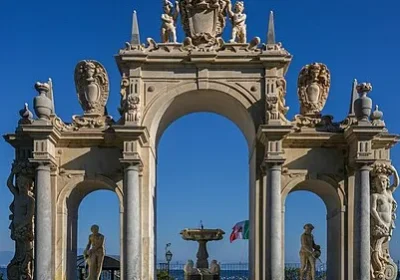The Antonio Pasqualino International Museum of Puppets and Marionettes.
One of Palermo’s most visited attractions. It is located in the city centre, next to the majestic Piazza Marina. The museum is housed in a building of great architectural and historical importance, which used to be a hotel. The square in which it is located bears the name of the museum’s founder, Antonio Pasqualino.
The Marionette Museum is dedicated to the Sicilian puppet theatre. It was proclaimed a Masterpiece of the Oral and Intangible Heritage of Humanity by UNESCO in 2001.
The Palermo Marionette Museum was founded in 1975 by the Association for the Preservation of Folk Traditions. Its history is linked to Antonio Pasqualino. He devoted his life to researching Sicilian puppet theatre, whose performances introduced audiences to the famous Crusades and the French knights-paladins. In the second half of the 20th century, puppet theatre in Sicily was no longer as popular as it had been and had hardly developed.
In 1965, Antonio Pasqualino and other intellectuals founded the Association for the Preservation of Folk Traditions. Together with his wife, he amassed a huge cultural collection of marionettes, miniature theatres, and furnishings. In this way, the theatrical heritage of Sicily was saved from destruction.
In 1975, the International Marionette Museum was inaugurated, where the collection was exhibited. Among the exhibits were items brought from the Far East and Europe. Antonio Pasqualino was constantly concerned with the development of the museum. Cultural exchange with similar museums on other continents led to the organisation of the Morgana Festival, which is held annually and attracts visitors from all over the world. In 1995, after the passing of Antonio Pasqualino, the museum was named after its founder.
The Marionette Museum is spread over three floors. There are exhibition halls, a library and audio library, a bookstore, and a theatre room.
The Marionette Museum has about 4,000 exhibits. In addition to marionettes, the museum’s exhibits include shadow puppets, glove puppets, theatre posters from around the world, and stage equipment. The museum boasts a complete collection of Italian puppets from Naples, Palermo and Catania.
The Marionette Museum also has exhibits that represent other theatre traditions besides Italian. Among them there is the puppet theatre of Japan – Bunraku, Indonesia – Wayang Kulit, Cambodia – Sbek Thom.
The Marionette Museum in Palermo also exhibits collections of contemporary works of art.
All the marionettes of the museum have a “living” character. Looking at them, everyone can recognise which country a puppet represents. They differ not only in appearance and outfits, but also in height and mobility.
All days except Sunday, 24 and 25 December, 1 January, 1 May

















